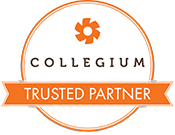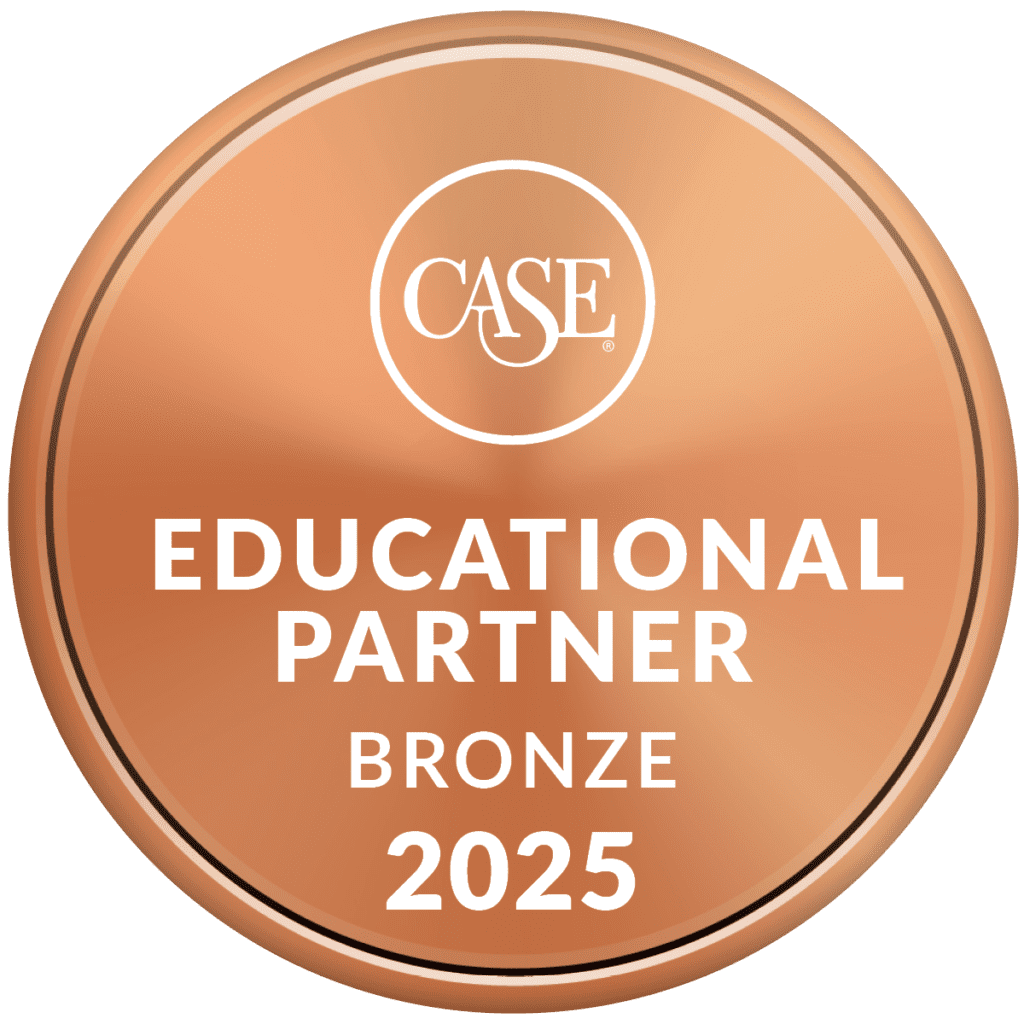
April 29, 2025

From the Desk of
Kevin Smyrl ¦ Associate Partner
Fiduciary responsibility. Governance and oversight. Ensuring effective operations. Promotion of organization. Overseeing mission accomplishment. Philanthropic support. Setting strategic vision. Is your board…on board?
My guess is that most of your boards excel at many of these areas. We are fortunate to have wonderful, dedicated volunteers committed to ensuring the success of our organizations. However, what happens when mission creep occurs within the organization? Several times, I’ve observed executive directors, development directors, and board members voice a completely different set of priorities for the organization. Recently, I encountered a challenging situation where a few board members from a great organization, who were invited to solicit major gifts from their peers, felt uncomfortable making these asks. They were unknowingly on the verge of undermining the major gift fundraising necessary for achieving campaign success. It’s not uncommon for very successful, wealthy individuals who have built businesses or led large organizations to become quite timid when it comes to asking a peer for a gift to support their organization. Very few have received training in major gift fundraising or in making such asks. In this situation, the Executive Director collaborated with a respected key board member who understood the necessity of advancing the major gift fundraising initiative, and they devised a plan. They offered to relieve the uncomfortable volunteers of the fundraising responsibilities and delegated the major gift asks to the staff. This enabled them to proceed as planned, even though it meant the peer-to-peer asks would not take place. By engaging in open conversations about the significance of the major gift efforts, sharing their contacts, outlining the intended asks, and collectively agreeing to adhere to the originally scheduled timeline, the organization was able to maintain momentum toward a successful campaign, and the original peer solicitors felt relieved to be spared from asking for gifts.
Boards are vital to our work; in fact, we couldn’t do this without them. However, not all board members excel in every aspect of non-profit work. It’s acceptable, as the leader of an organization, to step in if strategic missteps are about to occur. Setting the strategic vision for the organization is everyone’s duty, and the board must fully embrace the organization’s vision to support and enhance its success. Strategic visioning must be a collaborative effort between the chair, the executive committee, and the staff leaders of the organization. Remember, though, that this isn’t the board’s full-time job, so it’s our responsibility as nonprofit leaders to provide consistent and regular reminders throughout their service to ensure that the board and the organization’s leaders remain aligned on the vision and mission. Regular briefings, site visits, and access to key staff can keep board members informed. Ensure to continuously encourage open dialogue about the organization’s long-term goals, emerging challenges, and the evolving needs of the community you serve, both with potential new members and as a reminder to current members. Philanthropic expectations should also be very clear to everyone involved, so the most important priorities receive the necessary financial support.
Most organizations could not be successful without the involvement of these key volunteers. As non-profit leaders, you are the content experts in your organization. Board members’ contributions and their diverse expertise are needed now more than ever, but they almost always look to the Executive Director, the Development Director, and other key staff members to help them articulate the vision and mission of the organization. Don’t hesitate to provide this for them and manage up when needed. Do this consistently, do this positively, and most importantly, do this often, even with your most engaged members.
Independent Schools & Philanthropic Funds Data
We’ve got new data in from some Independent School Associations. Network of Sacred Heart Schools is up next. Let’s look at what participating schools raised in philanthropic funds in this regional association for data entry year 2024-2025.
School Count 18
| Advancement Median Funds Received for ’24 | $2,266,032 |
| Median Number of Donors | 1,121 |
| Median Percent Participation by Constituency & Hard Credit Funds Received | |
| Median % Participation by Parents/Guardians of Current Students | 78.3% $1,028,726 |
| Median % Participation by Alumni/ae | 11.8% $261,728 |
| Median % Participation by Grandparents of Current Students | 16.8% $57,892 |
| Median % Participation by Parents & Grandparents of Alumni/ae | 8.6% $284,086 |
| Median % Participation by Employees | 79.5% $29,957 |
| Trustees | |
| Median Number of Trustees | 20 |
| Median Hard Credit Funds Received by Trustees | $234,203 |
| Median Soft Credit Funds Received by Trustees | $75,000 |
| Funds Received by Purpose (’24) | |
| Median Funds Received for Current Operations: Unrestricted | $1,324,714 |
| Median Funds Received for Current Operations: Restricted | $329,442 |
| Median Funds Received for Endowment | $181,782 |
| Median Funds Received for Other Capital Purposes | $389,314 |
| Median Funds Received for Irrevocable Deferred Gifts at Face Value | $0 |
DAF Sponsoring Organizations Can Encourage More Giving
According to a new report released by the DAF Research Collaborative, the sponsoring organizations of donor-advised funds can take action to improve giving from the funds. The National Survey of Donor Advised Fund Managers asked DAF sponsoring organizations about their policies and practices. DAFs can be sponsored by community foundations, national organizations (like Fidelity Charitable or the National Philanthropic Trust), or religiously affiliated organizations (like Jewish Federations or foundations). Of the 128 sponsoring organizations that responded, 86% were community foundations.
- More than two-thirds of respondents (68%) said their procedures and policies that were related to inactive accounts “successfully reactivated grant making.”
- Additionally, 75% of sponsors said “helping donors be active in their grant making was a very or extremely important priority.”
- While almost all sponsoring organizations (96%) said they provide advising services to donors, the report describes the “typical” or “median” sponsor as saying only 50% of donors use those services.
- According to the report, only 36% of responding DAF sponsors provide full donor information by default — fund name, donor name, and donor address.
- Roughly a quarter (24%) provide the fund name and donor name by default.
Give Social Media a Rest (?!) Engage Meaningfully
For years, social media has served as a space for organizations to connect with their audiences. However, many nonprofits are beginning to question whether these platforms genuinely foster the type of community they aim to cultivate.
Research shows that people crave relationships, but they need opportunities to come together and collaborate. Here are three ways to engage your community more thoughtfully and build stronger connections.
Prioritize your own spaces
Every post, update, or announcement exists at the mercy of an algorithm that decides who, if anyone, sees it. Why concentrate so much on spaces you don’t control? Invest more in email newsletters. Unlike a social post that fades away into the algorithm, an email lands where it’s meant to, creating a more reliable and personal touchpoint. For higher engagement, text message updates provide another opportunity for deeper connection. Direct communication builds trust and engagement in a way social media simply cannot replicate.
Remember the power of word of mouth
Research shows that 92% of consumers trust recommendations from friends and family more than all other forms of advertising. A personal recommendation holds more value than digital marketing. Encouraging individuals to invite a friend to an event or class can help grow a community in an organic and personal manner.
Lean into presence, not performance
To avoid burnout in both staff and your audience, nonprofits should approach social media with a renewed purpose focused on:
- Focus on sharing meaningful content when there’s truly something valuable to convey.
- Concentrate your efforts on channels where authentic connections are most likely to occur.
- Authenticity resonates more with audiences than conforming to every new online fad.
By adopting a strategy that prioritizes presence over performance, you can foster more meaningful connections with your communities and reduce the burnout linked to the constant pressure to post. This isn’t about leaving — it’s about rebalancing. COP, 4-3
We Know Independent Schools
For more than 35 years, Alexander Haas has been a fixture in the nonprofit community. We are honored to have worked with so many remarkable independent schools, both secular and non-secular, across the country that help mold today’s adolescents into tomorrow’s leaders. Take a look at our list of independent school clients, past and present.
A Fresh Approach to Fundraising
Our services aren’t cookie cutter. We don’t operate with a boilerplate, merely changing names and locations. We craft each and every service we provide to match your organization’s unique needs, wants and abilities. We work hard and expect you to do the same. Together we can help you transform your institution, your fundraising, and the community you serve.
Whether your need is in Capital Campaign, Annual Fund Campaign, Major Gifts, Leadership Annual Giving, Planned Giving or all of the above, we take a fresh approach to nonprofit fundraising.


